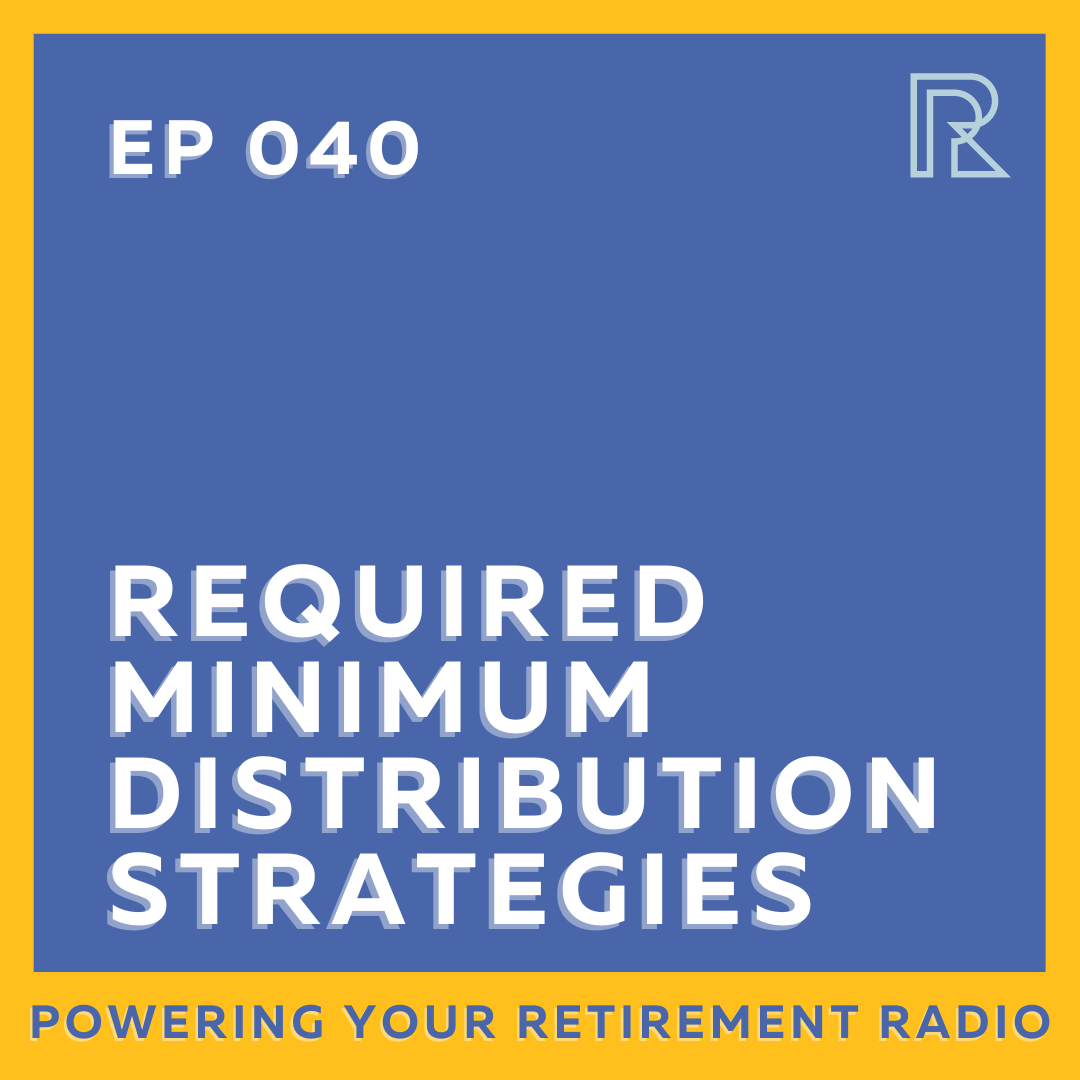Required Minimum Distribution Strategies

October 6, 2022
At age 72, advisors must remind clients about the Required Minimum Distributions (RMDs). With some version of this, for decades, the IRS has allowed you to defer paying taxes on your retirement accounts, but now, like the Pied Piper, they want to get paid.
It is not usually received warmly or happily, but as an added tax burden they had knowingly forgotten or, in some cases, never knew about. The good news is there are strategies to leverage the benefits of RMDs.
In this episode, I discuss the basics of how you need to take them, what accounts can be combined and what accounts need to stand alone. You want to ensure you understand the rules because the penalty for not taking an RMD is up to 50% of the amount not taken. Ouch, that is high even for the IRS.
Two strategies to lower and avoid paying take altogether are Qualified Charitable Deductions (QCDs) and Roth Conversions. I’ll explain in greater detail in the episode, but QCDs allow you to avoid the tax altogether and helps to avoid phantom taxes. The extra income can create even if it is donated once taken.
Roth Conversions lower future RMDs since Roth IRAs do not need to take RMDs and all growth once converted is tax-free. You do have to pay tax at the time of the conversion. I will cover some strategies to minimize those taxes and how to spread them out.
Leave a Reply Cancel reply
subscribe to my newsletter
© 2022 Powering Your Retirement | Legal | Brand and Website by Lyss House Creative